'I thought I would never see him': Asylum seeker and son reunite after border separation
VIRGINIA — After being detained for nearly three months on opposite ends of the country, Jose A. and his 3-year-old son were finally reunited last week at the ICE field office in Phoenix.
“I thought I would never see him,” said Jose, who requested that he be identified by his first name only because he is in the process of seeking asylum. The 27-year-old spoke to Yahoo News at his brother-in-law’s home in northern Virginia, where he and his son have been permitted to stay while Jose’s case moves through the heavily backlogged immigration court system.
“While they were handing him to me, I stood up to hug him and I cried tears of joy,” Jose said as his son, who shares the same name, swung playfully from his arm.
The 3-year-old Jose was one of an estimated 56 children under age 5 to be reunited with their parents last week, as the government failed to meet its first court-imposed deadline to reunify approximately 3,000 immigrant families who’ve been separated as a result of the Trump administration’s policies on the southwest border.
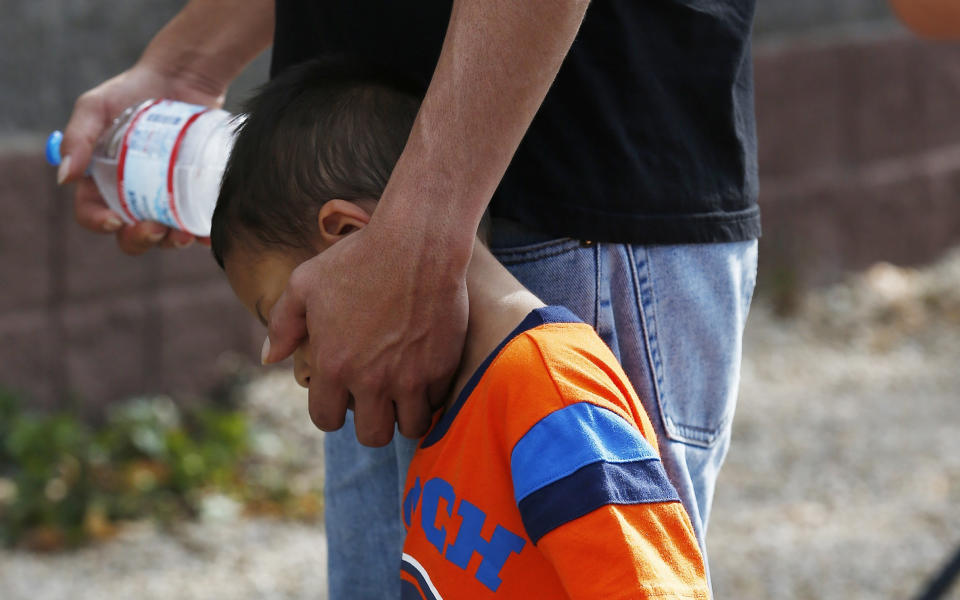
Neither Jose nor his son crossed the border illegally.
A native of Honduras, the elder Jose said he fled home this May after receiving three separate death threats from a group of local drug traffickers who’d killed his uncle and threatened other members of his family. Fearing his young son might also be targeted or in danger if left behind, Jose embarked on the perilous journey north with the 3-year-old in tow. It took about 10 days for them to get from Honduras to the official U.S. port of entry at Hidalgo, Texas, where the Jose made a claim for asylum.
This was the “legitimate” route, the one that Homeland Security Secretary Kirstjen Nielsen repeatedly insisted families seeking asylum should take if they didn’t want to be separated under the administration’s “zero tolerance” policy against illegal border crossers.
“DHS is not separating families legitimately seeking asylum at ports of entry,” Nielsen told members of the White House press corps last month. “If an adult enters at a port of entry and claims asylum, they will not face prosecution for illegal entry. They have not committed a crime by coming to the port of entry.”
And yet, after two nights in an hielera, the Customs and Border Protection holding cells known by the Spanish word for “ice box” because of notoriously cold temperatures, border officials inexplicably — and against his pleas to keep them together — separated Jose from his child.
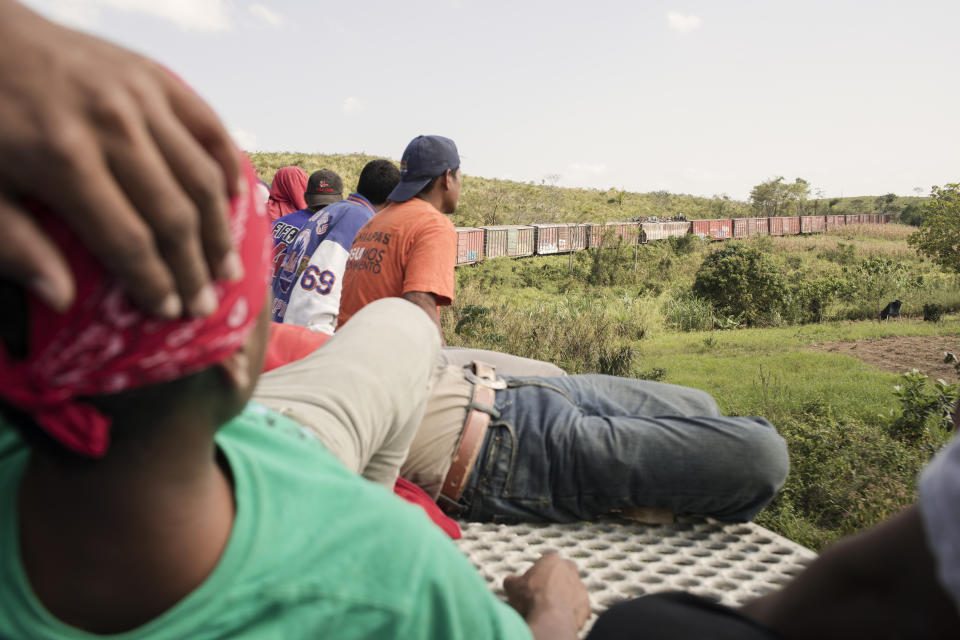
Jose would later discover that his son had been placed in the custody of the Office of Refugee Resettlement and sent to an ORR-funded shelter facility for immigrant children in Arizona. Meanwhile, Jose was taken on a journey from Hidalgo to the ICE detention center in Port Isabel, Texas, to another location near the Rio Grande river and finally to the Stewart Detention Center, a private prison contracted by ICE to house just under 2,000 detained immigrants in rural Georgia, where he would spend the majority of the next two months
“I think there’s a real problem with the way that this administration is treating asylum and treating asylum seekers,” said Peter Isbister, a lead attorney with the Southern Poverty Law Center’s Southeast Immigrant Freedom Initiative, who took on Jose’s case while he was detained in Georgia.
“What Jose did is present himself at a legally designated port of entry. And we heard from the government at the beginning of this that that’s what people were supposed to do, and that when people did that, they wouldn’t be separated from their kids,” said Isbister. “Obviously that’s not what happened here.”
While in detention, Jose passed what’s called a “credible fear interview,” the first step toward qualifying for asylum. But he couldn’t sleep. All of his thoughts were consumed by his son.
“I would not have come if I knew they were going to separate my child,” Jose told Yahoo News in a phone interview from the Stewart facility last month. “I never thought that they would do that. I think I would’ve rather run the risk in Honduras than have my child be separated from me.”
In detention, Jose said he met other parents who had also been separated from their children at the border.
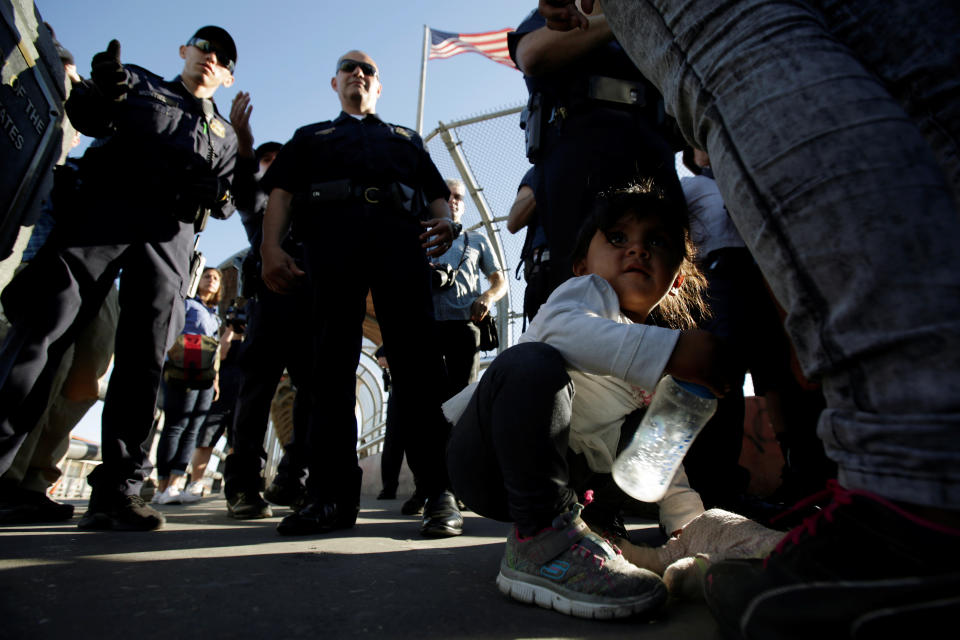
“We’re not criminals,” he said. “We come here seeking protection, and the psychological toll on the kids and us is very great.”
Jose told Yahoo News on June 25 that he was afraid of being permanently separated from his son. The following day, a federal judge in San Diego ordered federal authorities to reunite within 30 days all immigrant families that had been separated as a result of the administration’s southwest border enforcement policies. For children under 5, the judge ordered, reunifications must be completed within 14 days.
Over the next two weeks, without warning, Jose was relocated from Georgia to the ICE detention center in Eloy, Ariz. — part of what ICE officials would later confirm was an effort to move detained parents of children under age 5 closer to their kids to help facilitate reunification. His attorney spent hours on the phone with ICE officers from Georgia to Arizona trying to track him down.
“We didn’t get any advance notice that he was going to be moved to Arizona to be closer to his child or what was going to happen to him or his child once he was there,” said Michelle Lapointe, acting deputy legal director of the Southern Poverty Law Center Immigrant Justice Project.
The lack of communication from the government agencies tasked with reunifying the families isn’t the only part of this process that has raised concerns for Lapointe and others. Although government lawyers asserted earlier last week that just over half of the 102 “tender age” children in its custody would be reunited with their parents by the Judge’s deadline, by last Tuesday that number had dwindled even further.
During a call with reporters last week, Chris Meekins, an official at the Department of Health and Human Services (HHS), said the number of reunifications expected to take place before the deadline was closer to 34.
“Our process may not be as quick as some would like, but there is no question it is protecting children,” said Meekins, defending the agency’s method of vetting adults prior to reunification, which includes conducting criminal background checks and even DNA testing to verify parental relation to the child.
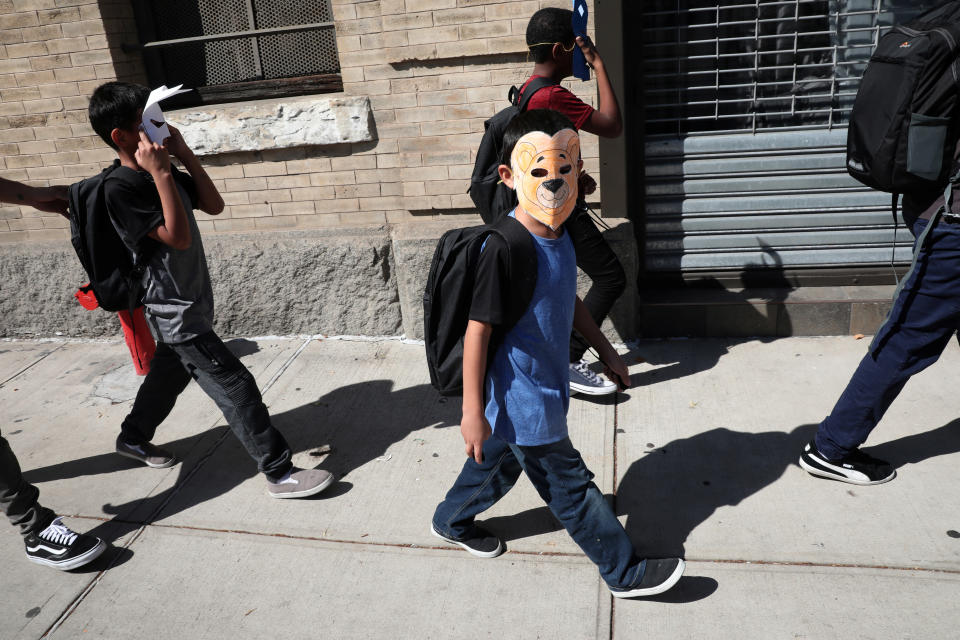
“Let me be clear, HHS could have transferred every child in HHS care to a parent if we did not take into account child safety,” he said. Meekins told reporters that at least 14 children would not be reunited with the adults claiming to be their parents. Eight of those adults failed criminal background checks, five were found not to be the children’s biological parents, and one has been accused by the child of abuse.
He also provided explanations for HHS’s inability to reunite, at least for now, 13 others, who included a number of parents who are still being held in criminal custody and one currently being treated for a contagious communicable disease.
Another 16 parents have completed criminal background checks, Meekins said, but HHS was “still in the process of verifying parentage.” Others have already been deported without their child.
By the end of last week, more than half of the children of the separated children under age 5 had reportedly been reunited with their parents, with HHS citing safety concerns or incomplete parental verifications making the remaining 46 ineligible for reunification.

Late last Monday, the night before the judge’s deadline to reunite separated children under age 5, Jose was moved once again, from the Eloy detention facility to the ICE field office in Phoenix, where he was joined by his son early the next morning. After a few more hours, Jose left the facility with his son’s hand in his, and an electronic tracking device on his ankle. The two made their way to the Greyhound bus station for yet another journey, this time heading east to Virginia. The trip was derailed when their bus caught fire in Indianapolis, injuring no one but destroying a duffle bag that contained the father and son’s few possessions.
In Virginia, the younger Jose seemed happy, playing with his little cousins and babbling like a typical toddler. But his father said he’s noticed changes in his son’s behavior since they were first reunited.
“He was very different with me,” Jose said, recalling the moment his son was first returned to him. “Because when I hugged him, he didn’t talk or even laugh. He was crying and his eyes kept staring at me.”
Though the child seemed more at ease a few days later, Jose said that “if you raise him in the air he cries and yells for me to hug him because he thinks they’ll take him away again.”
“He can’t go out with anyone unless they’re family,” said Jose. “When he sees that he has to get into a car, he gets scared. If I don’t get in, he doesn’t get in. He was never like that.”
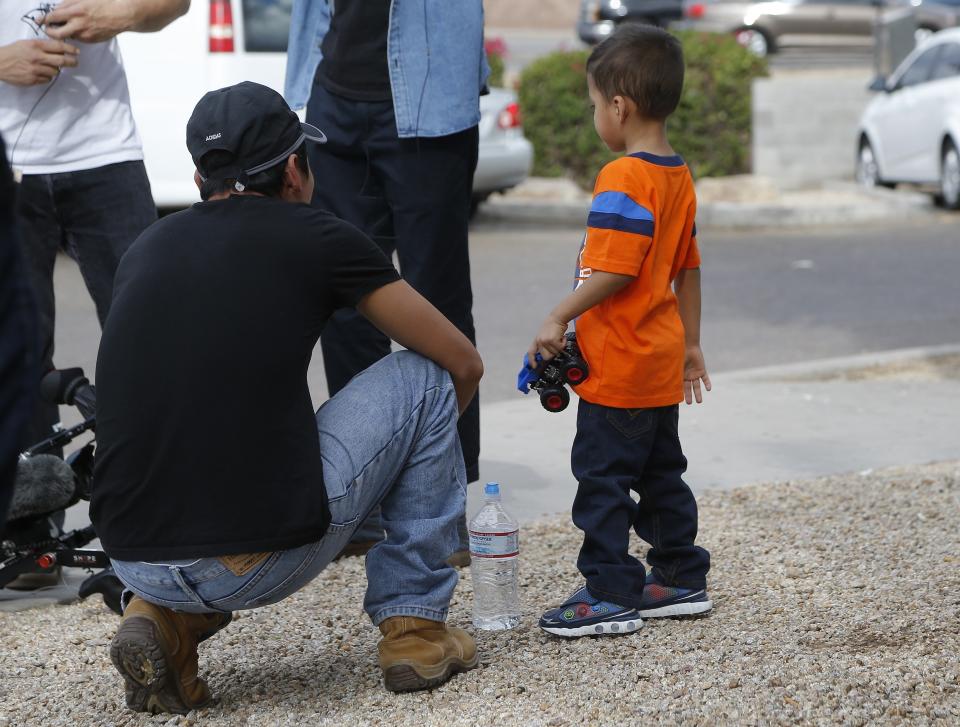
Isbister noted that it could take years for Jose’s immigration court proceedings to be complete.
“We’re hoping it turns out his child is all right after having been detained and separated for so long [without] his father,” said the Georgia-based Isbister, who is working with the SPLC to help secure proper legal representation for Jose in Virginia.
“At this point, we’re very happy that he’s released,” he said. “We’ve got a long way to go.”
This story has been updated. It was originally published on July 11, 2018.
Read more from Yahoo News:



